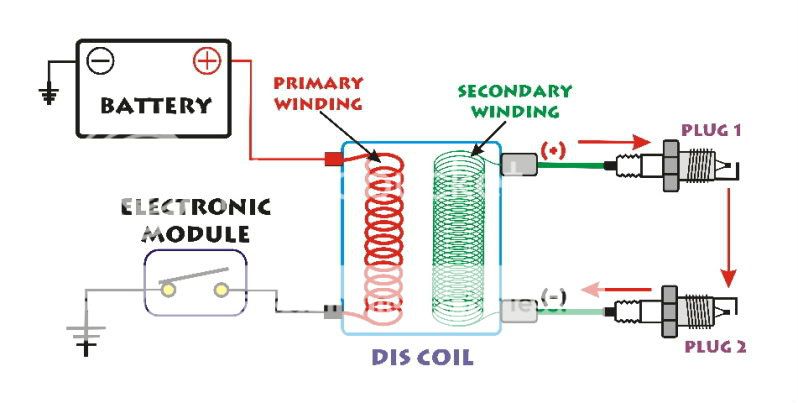Slardy
Well-known member
I was very disappointed when I learned that the FJR ignition uses a wasted-spark, 2 coil system. For those of your who don't know what this means, 2 of the FJR plugs are firing backwards, i.e. the spark jumps from the ground to the center electrode. Some, like me, were paying a premium for 4 Iridium plugs when 2 of them are firing from the base metal of the plug (probably some kind of S/S) TO the center electrode. The OEM NGK is just a good in this ground-spark situation.
So I did a little searching for plugs with premium metal on both electrodes and I found a dual Platinum plug (2 ground electrodes and one center electrode-all Platinum). And to boot, the dual ground electrodes have sharp edges facing the center electrode). I installed the plugs about 10,000 mi ago and checked them a few weeks ago in preparation for a long trip. The plugs were in beautiful condition, no crud, no visible metal removal, just a light cocoa color on all 3 electrodes and the insulator.
So now I am potentially benefiting the spark performance of all 4 cylinders.
Did I notice any improvement? No.
Am I suggesting that you use anything but the standard NGK which is very cheap? No.
But I thought you might be interested in my little experiment.
Slardy
So I did a little searching for plugs with premium metal on both electrodes and I found a dual Platinum plug (2 ground electrodes and one center electrode-all Platinum). And to boot, the dual ground electrodes have sharp edges facing the center electrode). I installed the plugs about 10,000 mi ago and checked them a few weeks ago in preparation for a long trip. The plugs were in beautiful condition, no crud, no visible metal removal, just a light cocoa color on all 3 electrodes and the insulator.
So now I am potentially benefiting the spark performance of all 4 cylinders.
Did I notice any improvement? No.
Am I suggesting that you use anything but the standard NGK which is very cheap? No.
But I thought you might be interested in my little experiment.
Slardy














